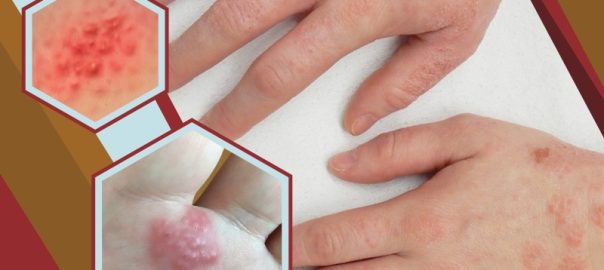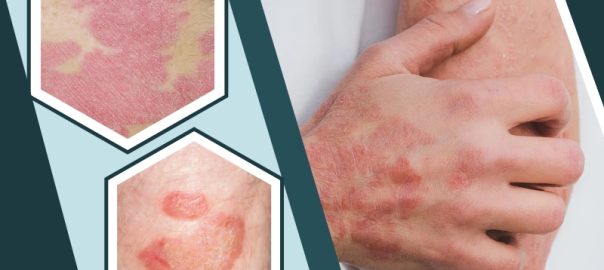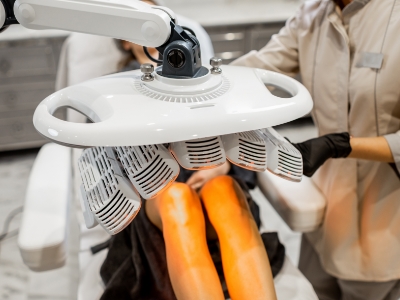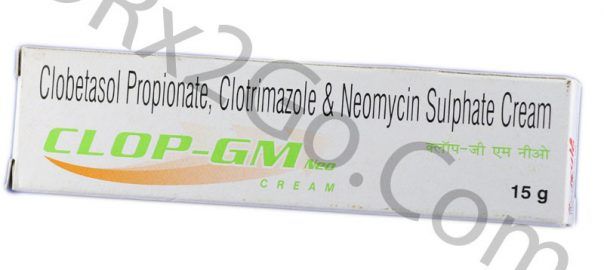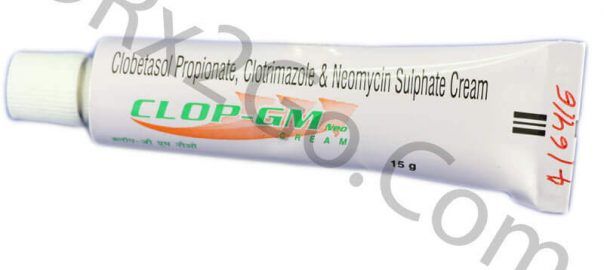Contact Dermatitis is an itchy rash that is caused by direct contact with a substance or an allergic reaction to it. The rash is not contagious or life-threatening, but it can be very uncomfortable. Many substances can cause such reactions including plants, jewelry, fragrances, cosmetics, and soaps.
For successful treatment of Contact Dermatitis, you need to categorize and avoid what causes your reaction, if you can avoid certain substances, the rash will eventually clear up in 2-4 weeks.
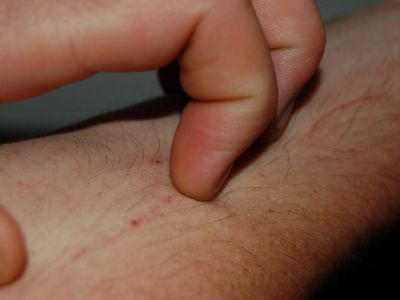
What are the symptoms of Contact Dermatitis?
Contact dermatitis usually occurs on areas of your body that have been directly exposed to the reaction-causing substance. The rash usually develops within minutes to hours of exposure and can last 2-4 weeks.
Symptoms of contact dermatitis may include:
- A red rash
- Bumps and blisters, sometimes with oozing and crusting
- Dry, cracked, scaly skin
- Swelling, burning, or tenderness
- Itching, which may be severe
See your doctor if any of the following occurs:
- You are embarrassed by the way your skin looks
- The rash affects your face or genitals
- The rash doesn’t get better within three weeks
- The rash is so uncomfortable that you are losing sleep or are distracted from your daily activities
- The rash is sudden, painful, severe, or widespread
Seek medical care right away if the following situations happen:
- You think the rash has damaged the mucous lining of your mouth and digestive tract.
- Your lungs, eyes, or nasal passages are painful and inflamed, perhaps from inhaling an allergen.
- You think your skin is infected.
What Causes Contact Dermatitis?
Contact dermatitis is caused by a substance that you’re exposed to which can irritate your skin or might trigger an allergic reaction. The substance could be one of the thousands of known allergens and irritants. Some people react to strong irritants after a single exposure. Others may develop symptoms after repeated exposures to even mild irritants, while some people develop a tolerance to the substance over time.
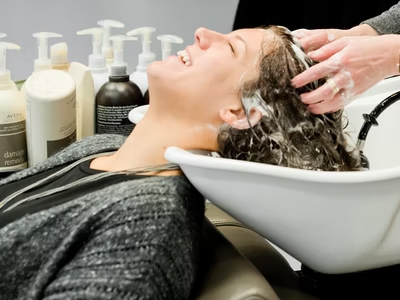
Common irritants that cause contact dermatitis include:
- Bleach and detergents
- Shampoos
- Solvents
- Rubbing alcohol
- Airborne substances
- Plants
- Fertilizers and pesticides
Treatment for Contact Dermatitis
Lifestyle and Home Remedies
To help lessen itching and soothe the infected skin, try these self-care approaches:
- Protect your hands
- Soak in a comfortably cool bath
- Avoid scratching
- Apply cool, wet compresses
- Take an oral anti-itch drug
- Apply an anti-itch cream or lotion to the affected area
- Avoid the irritant or allergen
Medication used:
- Clobetasol – is a corticosteroid used in the treatment of dermatological problems. This medicine is in a class of medications called corticosteroids that works by activating natural substances in the skin to reduce swelling, redness, and itching.




